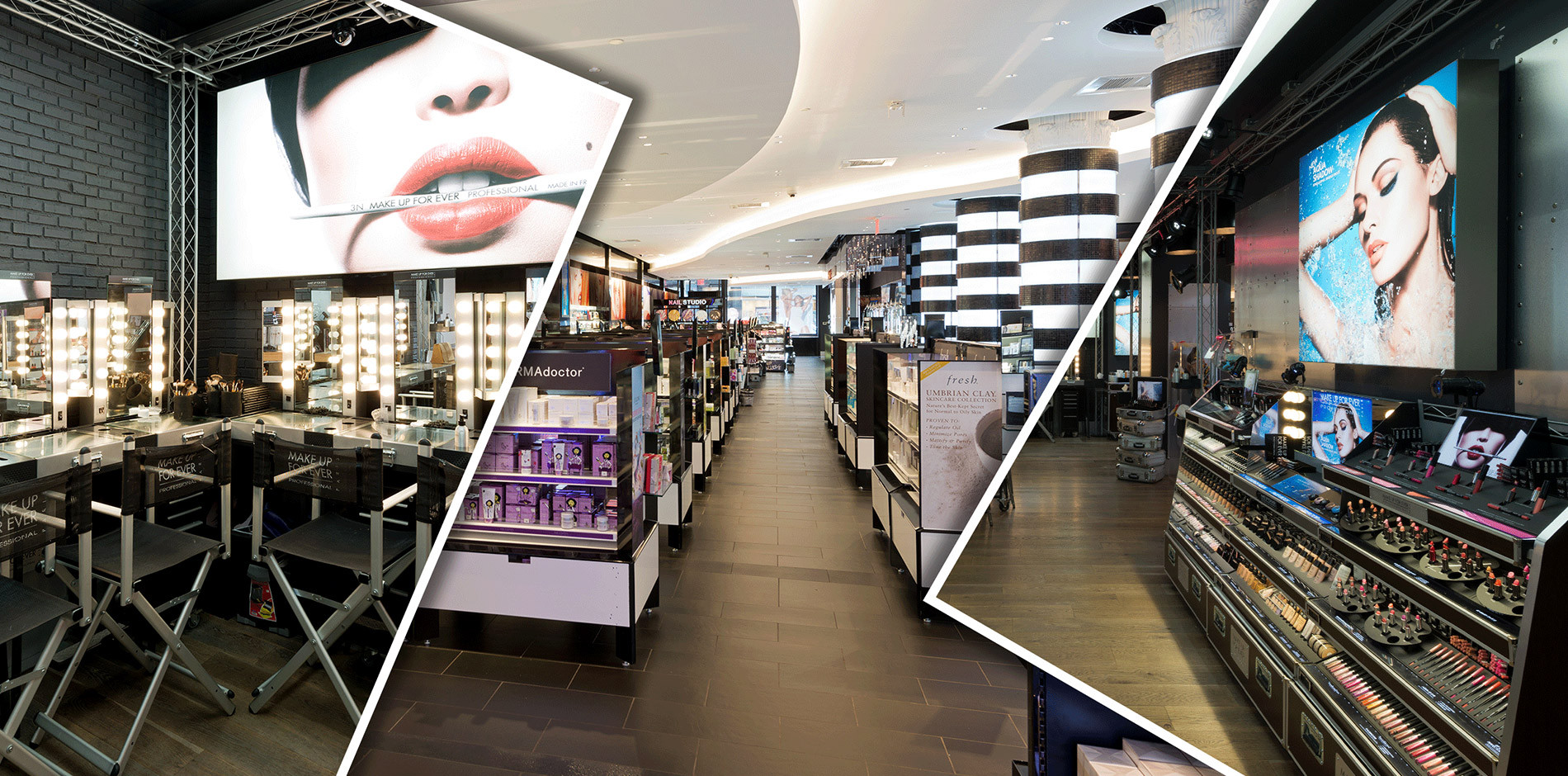Retail professionals gathered at the recent design:retail Forum where panels of industry experts discussed the major changes happening in the retail environment to accommodate the ever-changing consumer. Some of the most poignant points shed light on the trajectory of retail now and into the future.
1. Detroit is on a comeback. Several companies are making big investments in the city, spurring smaller, homegrown retail, restaurant, and hospitality brands to emerge. The lack of large, national brands coupled with the local business-minded mentality has allowed these brands to flourish, helping Detroit begin to develop into a once-again vibrant city. When Whole Foods moved into the city with a thoughtful process on how to become an integral part of the community, it—along with the arrival of Shinola and Under Armour—sparked urban retail development throughout the surrounding neighborhoods.
2. Retail is not dead. The rules and formulas for successful retail are just changing. About 10% of retail purchases happen online, and most are task-oriented—such as household items and cleaning supplies. While big-box stores continue to close, it’s due in part to over-leveraging or over-retailing of the U.S., with too many of the same store in the same location.
Customer loyalty cannot be built solely online in the same way it can be through experiencing a brand and its story in a physical space. Society is busier than ever, and consumers want instant gratification; brick-and-mortar locations can fulfill this need by allowing shoppers to walk away with a product and—more importantly—have a memorable, emotional experience with the brand.
3. Evolving with Gen Z. This new generation currently makes up 40% of the population and is beginning to have purchasing power. Gen Z was born and grew up with technology, which means retailers need to evolve to ensure they’re relevant to this group, more so than with the previous millennial generation. Growing up during the recession, this population is more thoughtful in their purchases and educate themselves on brands and products before making a decision. Their adept use of technology spurs them to research where a product came from, how it’s made, and the impact on the environment; they think about the entire process and are willing to make a purchase once they feel informed.
4. Smartening of retail. Technology integration has made its debut with voice command, one-tap shopping, automated deliveries and payment methods, curbside pick-ups, and facial recognition that provides a personalized shopping experience based on previous purchases. Although technology has helped brands discover new ways to reach consumers, using the data gleaned from it is even more crucial. Data allows retailers to forge a deeper level of engagement with customers through a seamless shopping experience based on customization and preferences, merging the digital and physical retail worlds. For example, Sephora has placed beacons in stores that send notifications to shoppers when they are near an item they left unpurchased in their online shopping cart. Warby Parker uses a multi-channel, data-driven approach with its successful home and online try-on programs.
5. What’s next? In construction, retailers have shifted towards “enhanced white-boxes”—a landlord furnishes a full build-out and the tenant supplies their fixture package and products. This allows newer, less-established brands the opportunity to take advantage of retail space. The market has also seen the rise of pop-up stores for both new and established brands. Some retailers open a pop-up to test a market with minimized potential losses, and others use it to cater to a local market with a large, loyal customer base. Pop-ups allow brands to offer novelty and spontaneity with locally-unique and limited-edition items, while offering consumers a specialized and unique shopping experience.
By the year 2020, there will be 20 billion connected devices, which means retailers need to evolve quickly. Collecting and leveraging data will help inform brands’ future investments in omnichannel retail, establishing the best touchpoints with customers both in-store and on devices.
By: Jim Scarpone, Director of Business Development
